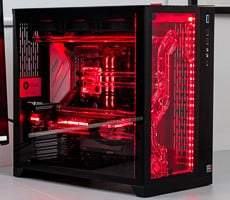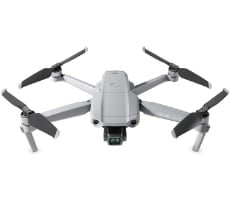ASUS ROG Zephyrus GX501: PCMark and 3DMark Performance
Futuremark benchmarks have been go-to system and graphics tests since the late ‘90s. We run the ASUS Zephyrus through PCMark 8 v2, which is a cross-platform testing suite, to gauge the notebook’s overall performance in everyday use scenarios, while 3DMark tests its graphics chops.
|
We run PCMark 8 with OpenCL acceleration enabled so it leverages available CPU and GPU resources.

The ASUS Zephyrus performs right in-line with the powerful Alienware 17 R4, when it comes to home and work tasks, like photo editing, video production and office productivity.
|
The various 3DMark tests are designed to bring desktop GPUs to their knees. However, since many gaming notebooks pack desktop-grade graphics now, notebooks like the Zephyrus can handle the toughest of 3DMark tests.


The NVIDIA GeForce GTX 1080 with Max-Q Design must sacrifice some performance to fit into the slim form factor of the ASUS Zephyrus. There’s about a 15% reduction in performance between the regular GTX 1080 and its Max-Q variant. The GeForce GTX 1080 with Max-Q Design is faster than the GTX 1070 in the full-size ASUS ROG G752, but the hit it takes versus the standard 1080 is the trade-off required to fit such a powerful GPU into a slim 15.6-inch notebook.






